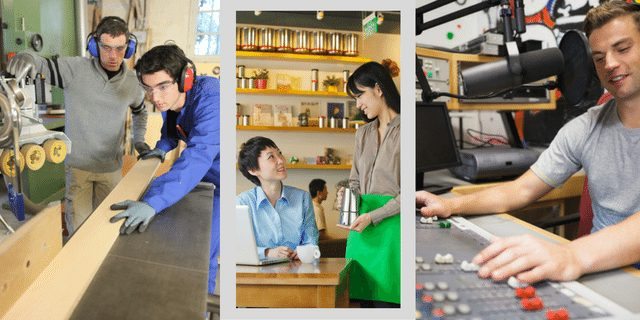Do you love to work off campus and have some experience while you are a student in the U.S.? No problem. The U.S. government can allow international students to work out of your school under specific circumstances.
When to Use CPT
Curricular Practical Training (CPT) fits the needs when your program requires you to work for your studies after the first academic year. If you are a graduate student, you may work in the first academic year after you are permitted.
Regulations about CPT
According to the U.S. Immigration and Customs Enforcement, a CPT is:
- An integral to your major and the experience must be part of your program of study.
- When you enroll at the graduate level, your designated school official (DSO) may authorize CPT during your first semester if your program requires this type of experience. Ask your DSO for details.
- Your DSO will provide you a new Form I-20, “Certificate of Eligibility for Nonimmigrant Student Status,” that shows that the DSO has approved you for this employment.
- You can work on CPT either full-time or part-time.
- CPT requires a signed cooperative agreement or a letter from your employer.
- If you have 12 months or more of full-time CPT, you are ineligible for OPT, but part-time CPT is fine and will not stop you from doing OPT.
(Note: OPT stands for Optional Practical Training. We will talk about this topic in another post. The differences between CPT and OPT will be covered, too.)
Applying for Curricular Practical Training
- It must be related to your studies.
- It must be after the first academic year (unless you are a graduate student and CPT is required for the degree. You will need permission to do so.)
- It could not be over 12 months in total. (Once it reaches 12 months, you are not eligible for OPT.)
- You must be an F-1 visa holder and enrollment in a degree program.
- An exchange student can not have a CPT.


I think it is most Chinese students’ dreams to work for a famous company.
We know the founder of Baidu also had work experience in the U.S. before he established Baidu – the Google of China.
I want to get some practical training in the U.S., but I often get confused by the terms internship and practical training.
Hi there, we plan to post the differences between CPT and OPT. We will also post another post regarding internships in the U.S. Good luck with your search.
That is a good question. I think many international students get the two terms confused.